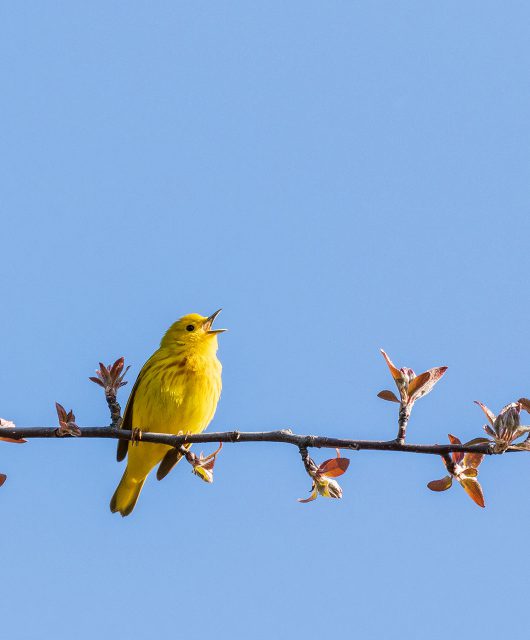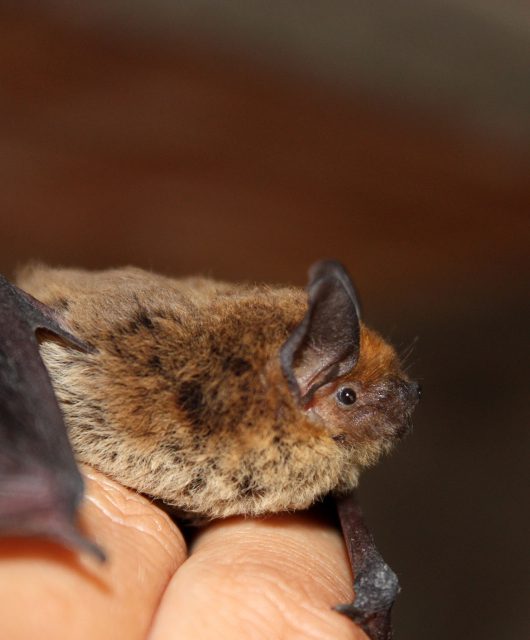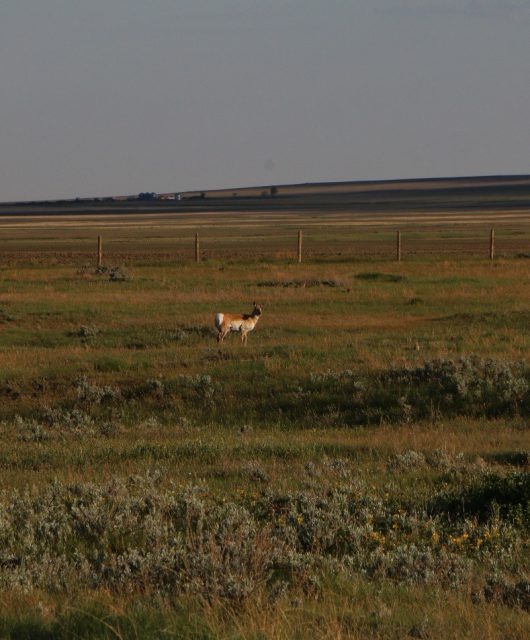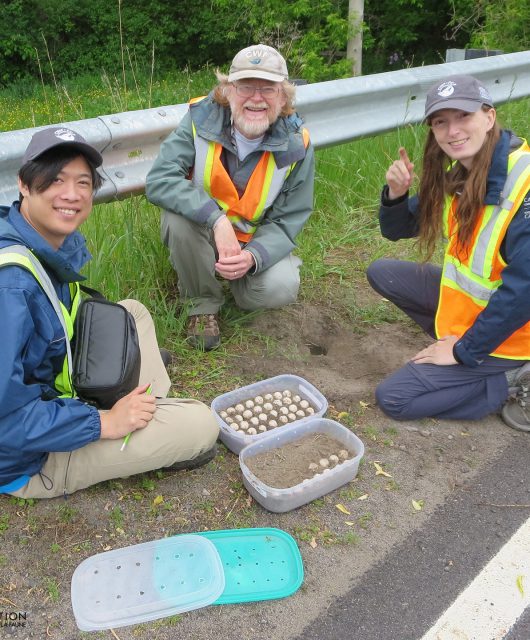It is a common — and completely understandable — misconception that the best habitats for biodiversity are undisturbed habitats.
The grasslands conjure an image of thick mature forests, tall waving grasses and brimming wetlands, forever stable in their “climax” state, supporting the most plants and animals possible.
While there are wildernesses that stay stable for very long periods of time (think coastal rainforests), most experience natural disturbances and disruption, which helps keep their biology healthy.
Grasslands are very much one of those ecosystems where some periodic distress as well as different treatment from one place to another helps it thrive. The Canadian Wildlife Federation, working in partnership with the Saskatchewan Stock Growers Foundation (SSGF), is working on the grasslands of southern Saskatchewan to find out how grazing disturbances affect some of the most abundant and poorly understood wildlife on the prairies: insects.
Little Insects on the Prairies
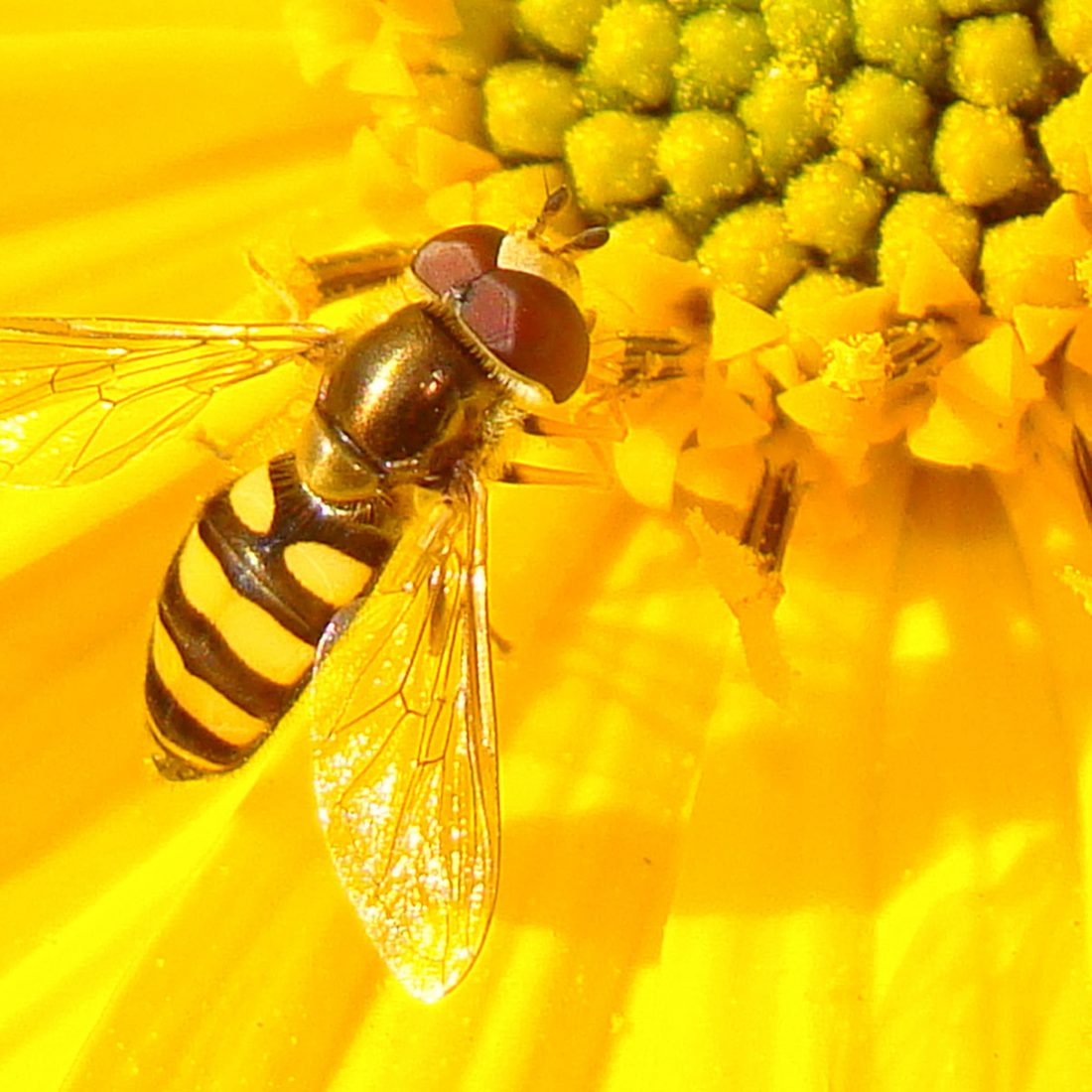
It is impossible to speak of insects in a single breath. There are thousands of species (and billions of individuals) — from butterflies, bees, grasshoppers, flies and beetles, to name just a few. So I won’t pretend to be able to describe how each reacts (or doesn’t react) to disturbances. Rest assured though that all of the insects found on native grasslands will be adapted to disturbance. This is true since it takes grazing or fire to provide habitat for insects. Essentially, they are adapted to the only unchanging thing on the prairie — change.
Take a group of my favourite prairie insects: the flower fly. Known to entomologists as the Syrphid family, these amazing creatures are fantastic pollinators, their larvae are sometimes ferocious pest predators (aphids are a favourite meal) and they are well-adapted for a disturbance-prone grassland. Flower flies need well-grazed grasses, prefer occasionally burned grasslands to promote flowers for pollen and need tall grasses to take refuge from storms of all kinds. They can also be an important food for young grassland birds (read SSGF post by co-author, Mindy Hockley at SSGF).
Cattle Create Important Habitat for Grassland Insects
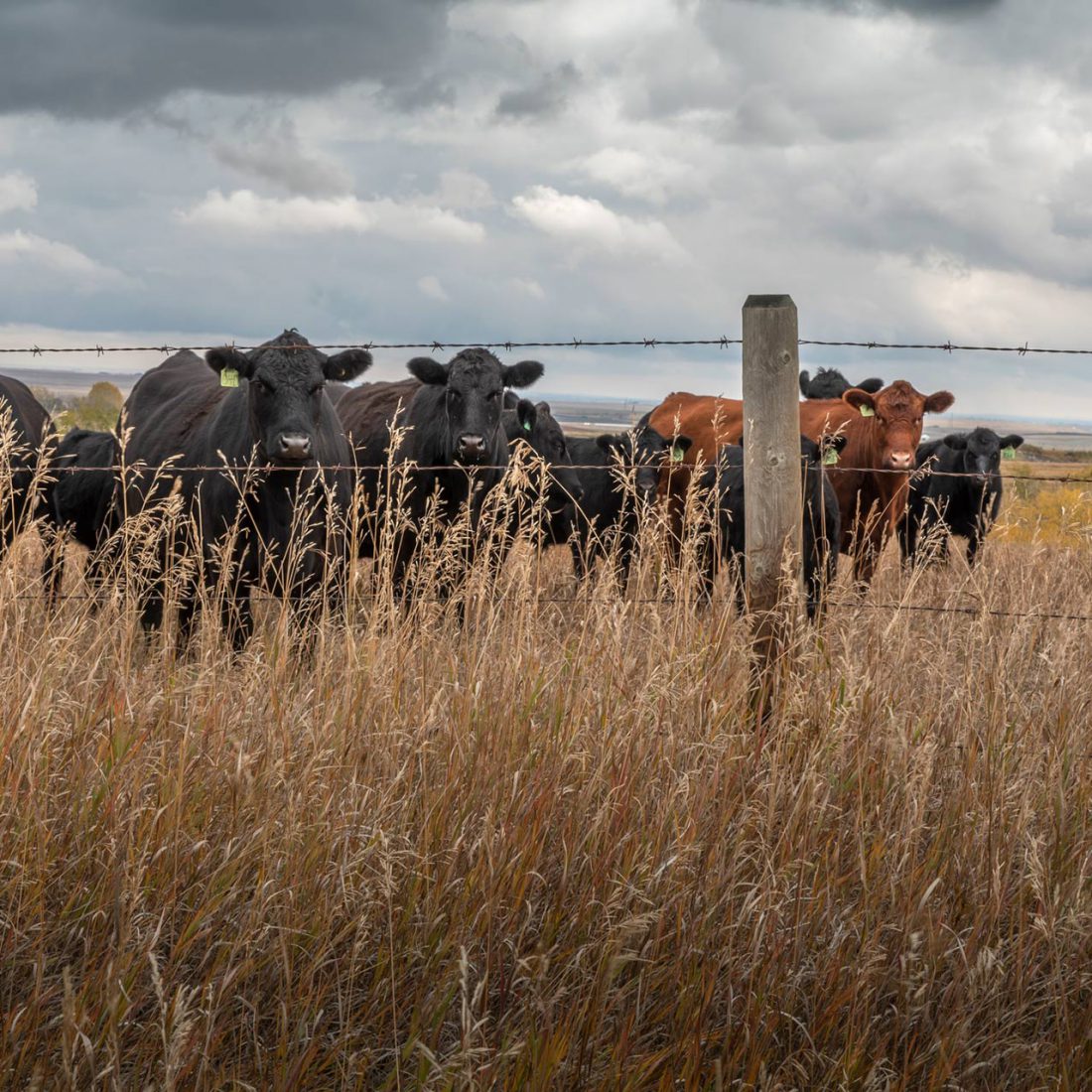
These days the most important source of disturbance on native prairies is cattle, which mimics some of the historic roles and benefits of wild Bison. When managed well, cattle grazing creates a mosaic of tall and short grass patches. This provides habitat for a full suite of insects that themselves sustain the biology of this special wilderness. Equally important is the presence of dead grass, sometimes still standing, but more frequently lying flat and matted as a layer of duff, or litter, on the soil surface. This is a great refuge for overwintering insects. Cattle dung also provides essential habitat for beetles and recycles essential nutrients for an impressive range of grassland plants and animals.
Because of their role in creating habitat for prairie wildlife, and the place that the Canadian ranching community has in conserving native grasslands, the Canadian Wildlife Federation is working with organizations like the SSGF to better understand how grazing benefits Canadians and Canadian wildlife. A large part of that learning will be helping understand how disturbances in native grassland wilderness will help conserve biodiversity. As the research progresses there will be more to come!
Learn more about our work towards conserving Canada’s native grasslands >
Co-authors: Mindy Hockley and John Wilmshurst
Mindy Hockley
Mindy Hockley is a Communication Specialist for the Saskatchewan Stock Growers Foundation, cattle rancher, and Registered Veterinary Technologist. She is passionate about grassland conservation and increasing educational awareness on ranching sustainability.

